
Starting out as a coach-building firm in the late Victorian-era, Scammell, after the First World War, became one of the most forward-thinking English manufacturers of commercial vehicles, producing some of the most unique, most spectacular commercial vehicles ever to have been conceived in the history of UK vehicle manufacturing. Sadly, however, the company folded in the late 1980s, resulting in another English manufacturer of commercial vehicles plunging into the depths of history. But, legendary status has ensured that said manufacturer of commercial vehicles will not be forgotten.

Tolpits Lane, West Watford, Hertfordshire. Where Scammell vehicles were manufactured from 1922 to 1988, before the factory was transformed into a housing estate, which it is today.
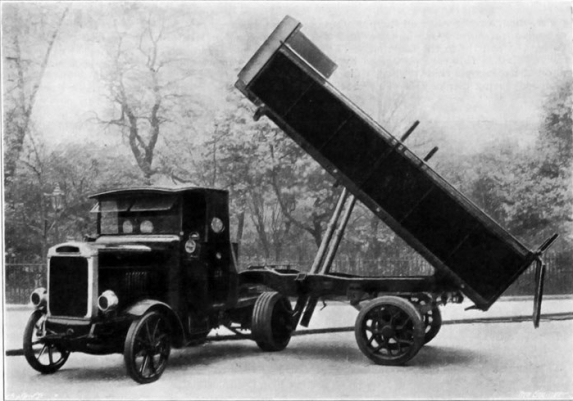
Scammell’s first model, a six-wheeled articulated 4×2 unit manufactured in the early 1920s.
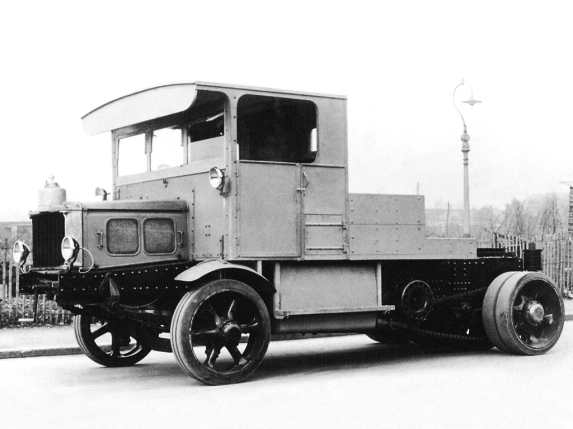
In 1929, Scammell produced the chain-driven, heavily-constructed 100-ton prime mover. Powered by a 7.1 litre petrol engine, it was, at the time, claimed by the public as the largest truck in the world.
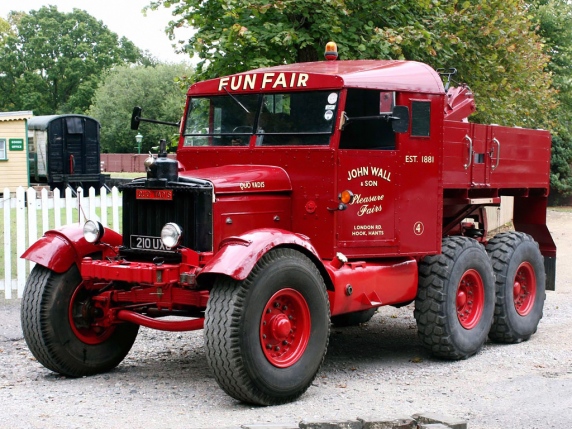
Originally launched in 1927, the Pioneer served as the British Army’s artillery tractor, recovery vehicle, and tank transporter during the Second World War. The Pioneer also had quite an amount of pulling power, thanks, in no short word, to its engine: a low-revving, 105 horsepower Gardner six-cylinder diesel mated to a 6-speed constant-mesh transmission.

Scammell eventually became famed for its three wheeled articulated commercial vehicles, as well as its heavy-duty prime movers, starting off in the early 1930s with the Mechanical Horse. So called because of its capability of getting in and out of enclosed spaces in the same way that a horse-and-cart would, and became a useful addition to the Big Four railway companies in Great Britain, the London and North Eastern, The London, Midland, and Scottish, the Great Western, and the Southern. 14,000 were manufactured during its life span.
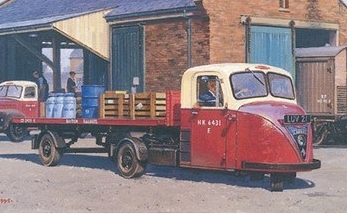
Launched in 1948, the Scarab (portmanteau word for Scammell and Arab horse) was essentially built for the same purpose as its predecessor: A three-wheeled articulated commercial vehicle capable of turning around in enclosed areas. But there, the similarities end, as the Scarab had a much more rounded and curvaceous appearance and came with more engine options than its predecessor.

The Rigid 8. Scammell’s first 8×4 unit, powered by a Gardner 6LW six-cylinder engine, of which was mated to a six-speed transmission with overdrive.
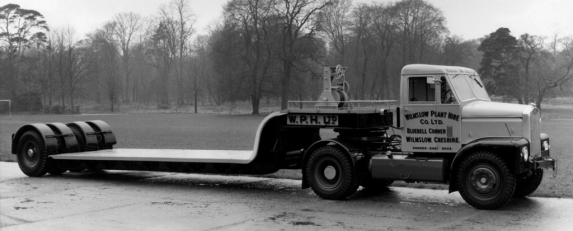
The Highwayman, launched in 1954, maintained the company’s long tradition associated with bonneted prime movers.

Launched in 1962, the Routeman II featured a glass-reinforced plastic cab, of which was designed by famed and legendary Italian automotive designer Giovanni Michelotti.
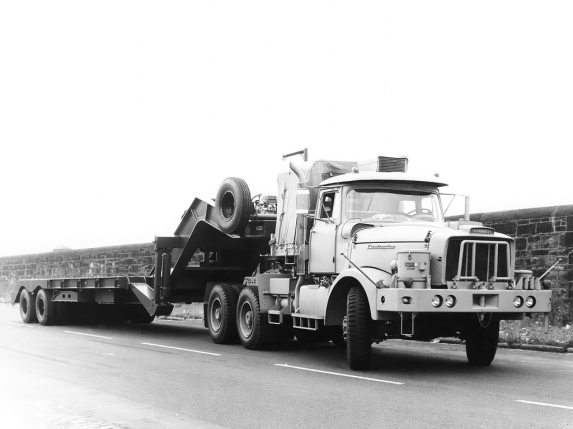
In keeping with their tradition, Scammell launched the Contractor, a 6×4 prime mover unit mainly used as a heavy haulage transporter by the Australian Army, of which were fitted with Cummins diesel engines delivering the best of 335 horsepower. One Contractor, with a 24-wheel float and 16-wheel dolly trailer, was used to transport a Centurion tank.
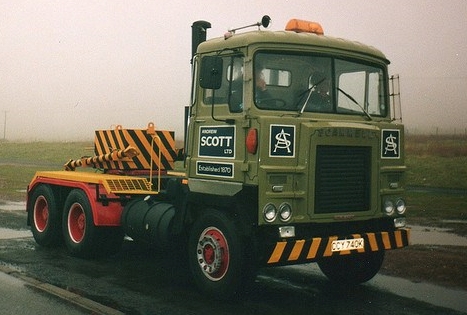
Conceived as a long-distance hauler capable of moving at high speeds, the Crusader was launched in 1968. The 6×4 unit featured a Detroit Diesel 8V-71 9.3 litre two stoke engine, putting out 273 horsepower, mated to a Fuller RoadRanger 16-speed constant-mesh transmission. This was one of Scammell’s last models built before the company went bust.
